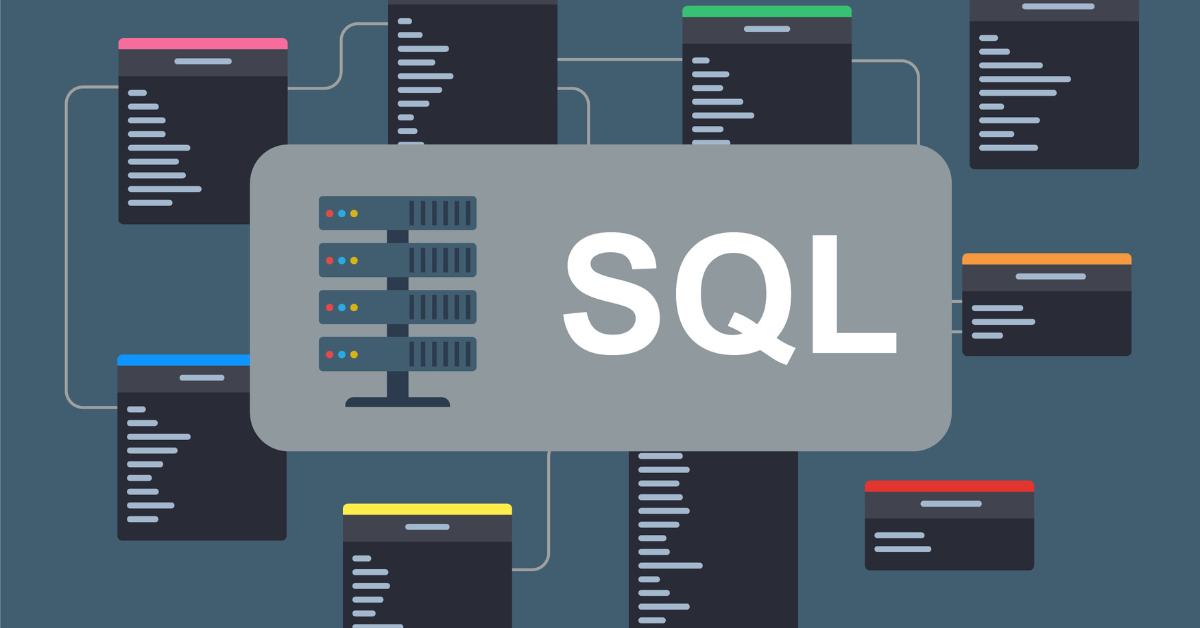Microsoft Azure and SQL Server
Microsoft Azure does not sell virtual machines with SQL Server pre-installed but instead provides SQL Server databases derived from larger SQL Server Servers.
Recently, a colleague asked me about SQL. If we sold someone a self-service HyperV private cloud, and they spun up an SQL instance, how would that be licensed? He asked, “They wouldn’t be on the hook for a one-month SPLA license for using it for an hour, would they?”
To access the SQL Server, you must locate the sqlsrvr.exe executable program installed on the server’s Programs directory. It doesn’t matter if the server is physical or virtual. The server must have the appropriate license as long as SQLsrvr.exe runs on it. You must license only one SQL Server in an active/passive cluster. sqlsrvr.exe only runs on the passive node once the primary node fails.
Spinning up a SQL
Understanding “spinning up a SQL instance” can be confusing. Essentially, this term refers to creating an instance of SQL Server either on the same machine where it is installed or on a different machine.
When you create an instance of SQL Server on the same machine where it is installed, you need to have a license. However, if you create an example on a different machine, you don’t need a license, as the license would cover the server running sqlsrvr.exe. Overall, the SPLA license covers the server running sqlsrvr.exe, and you would not need a license to create an instance on a different machine.
It’s similar to a mail server. We obtain a license to run imail.exe on the server, and then we can assign mailboxes and charge a fixed amount for each mailbox. Similarly, we have a Shared SQL Server in Ashburn that runs a single instance of SQL Server. Our Shared SharePoint server and multiple clients, such as Clients 1, 2, 3, 4, and 5, access this instance. We only need to pay for the license of the Shared SQL Server, not for the usage by other parties with defined cases.
I have set up Clients 1-5 with a connection string that enables them to connect to the SQL Server. These connection strings contain the IP address of the SQL Server, an instance name, a user account, and a password. They use this information to access their respective databases, which are separate and exclusive to each client.
When you request a database on Azure, they provide you with an address, instance name, username, and password to access your Azure database. This approach eliminates the need for anyone to incur substantial licensing fees.
Get Started Today
Looking for a hybrid cloud infrastructure using Azure? AISN Managed Services delivers compliant and secure hybrid solutions across Azure and on- or off-premises enterprise environments. Contact us today to get started.

